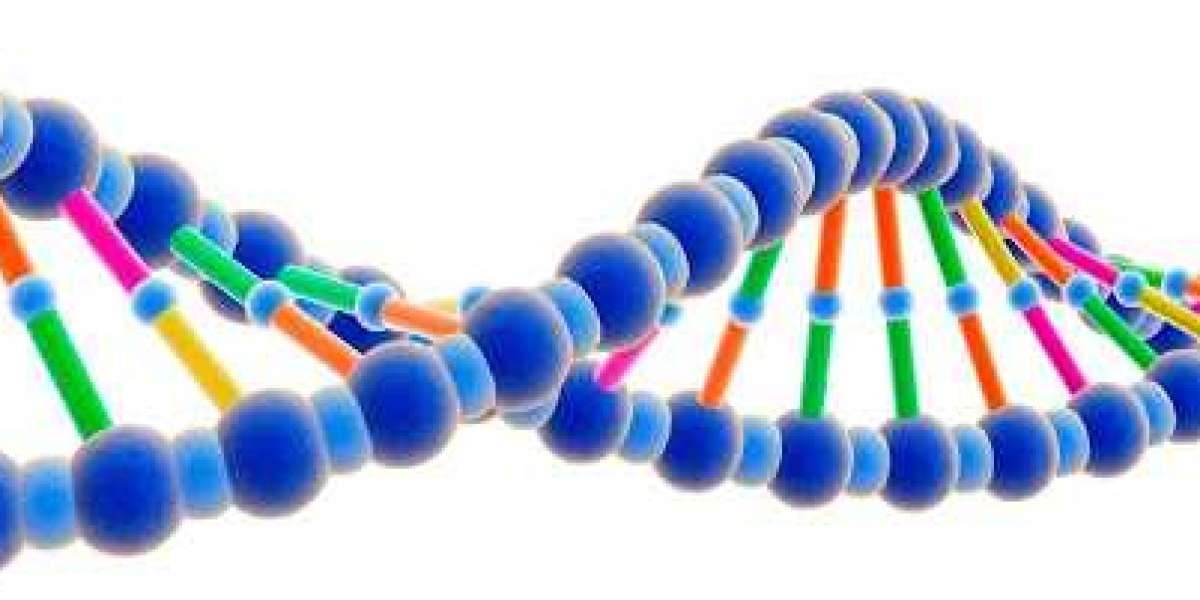The vascular endothelium is a single layer of endothelial cells that lines the surface of the vascular lumen, and it plays an important role in maintaining vascular homeostasis and tissue fluid balance. Many disorders, such as coronary artery disease, stroke, bronchopulmonary dysplasia, and pulmonary hypertension, are caused by endothelial dysfunction. Genome editing in endothelial cells can also be used to treat cancer by shutting off the blood supply to tumors or preventing cancer metastasis.
CRISPR-Cas9 is a potent genome editing technique that has shown promising outcomes in both basic and clinical research. Adeno-associated virus (AAV) is the most common delivery vector for in vivo gene editing, but it has drawbacks, including the difficulty of secondary administration due to immune response induction, the difficulty of delivering gene sequences larger than 4.7 kb due to the vector's small size, and the risk of DNA damage caused by viral vectors. Nonviral vectors, such as lipid nanoparticles (LNPs), have received attention in recent years and have been successfully gene-edited in the liver, but it's still tough to break through for organs other than the liver.
The lack of delivery mechanisms that target the vascular endothelium beyond the liver and eye has made efficient gene editing of the vascular endothelium challenging to achieve.
On January 4, 2022, You-Yang Zhao's team at Northwestern University Feinberg School of Medicine published a study titled: Robust genome editing in adult vascular endothelium by nanoparticle delivery of CRISPR-Cas9 plasmid DNA in Cell Reports. The researchers created a new nanoparticle, PEG-b-PLGA, to systematically deliver CRISPR-Cas9 gene editing to vascular endothelial cells and successfully performed gene editing for the first time in vivo. This nanoparticle exhibits good vascular delivery biodistribution and no aggregation in the liver.
The researchers used intravenous injection to administer nanoparticles containing CRISPR-Cas9 gene editing plasmids to adult mice, in which the delivery system induced efficient gene editing in endothelial cells of the vascular system (including the lung, heart, aorta, and peripheral vasculature), and the assay revealed that edited vascular endothelial cells expressed approximately 80% less protein in the PI3KCG gene and had a phenotype similar to knockout mice.
Furthermore, the gene editing plasmid delivered by this nanoparticle delivery technology may simultaneously edit at least two genes and introduce exogenous genes into the vascular endothelium.
According to Prof. Zhao, who lead the work, the team designed this nanoparticle as a strong new genome-editing delivery system for vascular endothelial cells that can be utilized to treat a range of disorders, including COVID-19. Exogenous genes can be administered to suppress vascular injury and/or stimulate vascular repair, and gene editing systems can be delivered to fix gene mutations and turn on or off specific genes using this nanoparticle delivery technique. Multiple genes can be edited at the same time using the delivery mechanism.
"The nanoparticles generated in this study change gene expression in vascular endothelial cells quickly by delivering plasmids," according to Prof. Zhao. "It's a significant step forward in the treatment of disorders caused by endothelial dysfunction, as well as a significant step forward in cardiovascular research."





